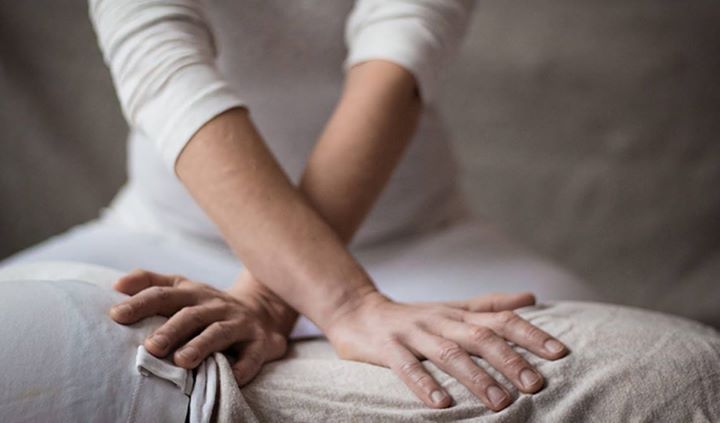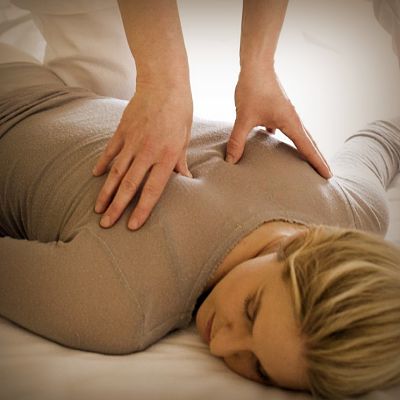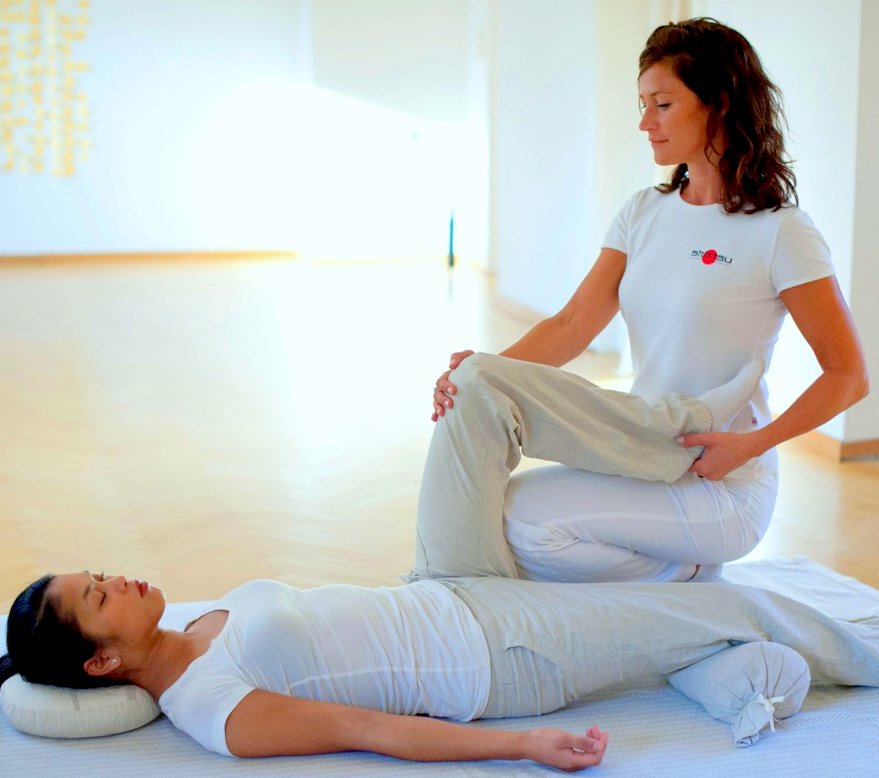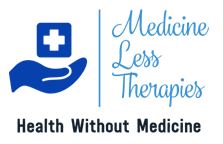Styles of Shiatsu:
- Many early Shiatsu practitioners developed their own style and some, including Tokojiro Namikoshi and Shizuto Masunaga, founded schools that helped establish Shiatsu as a therapy.
- Today, Shiatsu has a number of different styles, philosophical approaches and theoretical bases and practitioners around the world are still evolving new approaches to treatment.
- Some concentrate on acupressure (acupuncture) points, while others emphasise more general work on the body or along the pathways of energy to influence the Ki that flows in them. Other styles highlight diagnostic systems, such as the Five Element system or the macrobiotic approach. However all are based on traditional Chinese medicine.
- The approaches most commonly found in Britain are Zen Shiatsu, Macrobiotic Shiatsu, Healing Shiatsu, Namikoshi Shiatsu, Movement Shiatsu and Hara Shiatsu.
There are six types of Shiatsu:
- Zen Shiatsu.
- Macrobiotic Shiatsu.
- Healing Shiatsu.
- Namikoshi Shiatsu.
- Quantum Shiatsu.
- Water Shiatsu.
Zen Shiatsu:
- Shizuto Masunaga (1925-1981) incorporated his experience of Shiatsu into his studies of Western psychology and Chinese medicine. He also refined the existing methods of diagnosis.

Zen Shiatsu
- His extended system incorporated special exercises, known as makko ho, to stimulate the flow of Ki and he developed a set of guiding principles to make the techniques more effective.
- He called his system Zen Shiatsu after the simple and direct approach to spirituality of the Zen Buddhist monks in Japan.
Marcobiotic Shiatsu:
- Macrobiotic shiatsu introduces the idea that foods have a living energy or chi of their own and that when eaten this will change the way chi flows in a person.
- For example eating lots of vegetables that grow upwards, such as Chinese cabbage, spring onions and leeks, will encourage your own energy to flow up more strongly.
- Therefore when giving a shiatsu it is possible to reinforce the aim to move energy in certain way by suggesting foods for the person to eat between treatments.

- Someone who has a lot of tension in his or her shoulders may have a constrained chi flow there. It is as though there is too much chi but nowhere for it to go.
- This can be alleviated by stretching, kneading and pounding the effected muscles but there is a risk it will return in a few days.
- A macrobiotic shiatsu practitioner will also be able to recommend foods that will reduce the risk of chi building up in the shoulders again.
- In this case lots of vegetables that grow up and out, broccoli, cauliflower, parsley, whilst avoiding heavy, sticky, salty foods that encourage chi to congest.
Healing Shiatsu:
- Healing-Shiatsu Touch is an approach of shiatsu developed over the years by Sonia Moriceau which applies the practice of Mindfulness Meditation and Loving Kindness to the shiatsu form.
Namikosi Shiatsu:
- This is the form most often found in Japan, developed by Tokujiro Namikoshi in the 1920s. It involves a very thorough whole body treatment, but perhaps due to Namikoshi’s focus on getting Shiatsu legally recognised in Japan by appealing to Western medical theories, he does not incorporate meridian theory into his style.

- The emphasis is more on the points than the meridians and the style requires a thorough knowledge of the musculo-skeletal structure of the body, and the nervous system, emphasising neuro-muscular points. It can be more vigorous.
Quantum Shiatsu:
- Quantum Shiatsu is a style of shiatsu based on the work of Pauline Sasaki. It is an approach to bodywork that focuses on the Energetic Body.
- The Energetic Body is much more expansive than the physical body, though the physical body forms its core.

- Quantum Shiatsu developed into a system under the influence of Quantum Physics and in particular, the theory of relativity and quantum mechanics and its relevance to human healing. By applying quantum principles to shiatsu, contact with faster, more expansive energy became possible.
- This resulted in the inclusion of chakras as well as meridians into a shiatsu framework.
Water Shiatsu:
- Watsu (Water Shiatsu) began in 1980 when a man named Harold Dull started floating people while applying the stretches and principles of the Zen Shiatsu he had studied in Japan. Stretching strengthens muscle and increases flexibility.
- Warm water, which many associate with the body’s deepest states of waking relaxation, is the ideal medium.

- The support of water takes weight off the vertebrae and allows the spine to be moved in ways impossible on land.
- Gentle, gradual twists and pulls relieve the pressure a rigid spine can place on the nerves and helps undo any dysfunction this pressure can cause to the organs serviced by those nerves.
